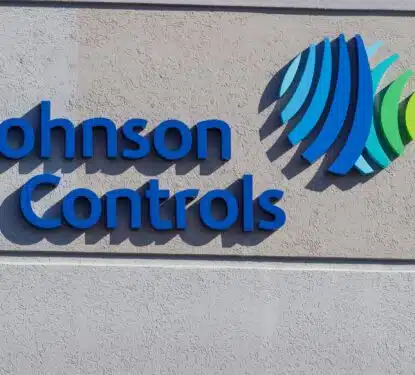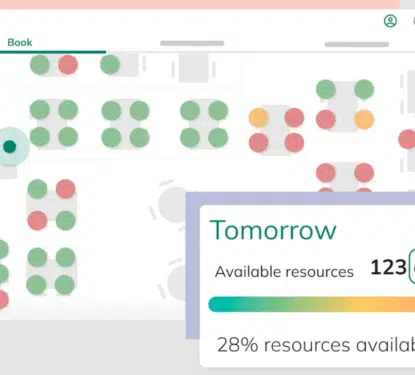Any commercial building technology that launched just before March 2020 is bound to have had a strange start to life. These products and services would have been designed for normal activity in buildings but, as the COVID-19 virus became a pandemic, would have soon found commercial buildings empty as the world was turned upside down by the crisis. Fully authorized for commercial use in January 2020, Citizens Broadband Radio Service (CBRS) is one of those technologies that held great promise but found itself stranded by the life-saving lockdown policies that followed the spread of the virus. The post-pandemic commercial building will now be a very different space but experts still hold great hope for CBRS in that new future. CBRS is a wireless frequency band that building owners can utilize to set up faster, more secure, private high-speed wireless connections. It’s effectively a shortcut to upgrade an entire office building or workspace to 5G speeds. […]
Most Popular Articles

Smart Building Tech Evaluation: Build a Framework with Me!
The smart building technology market presents a unique challenge for commercial real estate professionals: how do you efficiently evaluate thousands of technology vendors when every week brings new pitches, new solutions, and new promises? The sheer volume of vendors, from energy management platforms to occupancy analytics providers, makes systematic evaluation nearly impossible with traditional methods. […]

Johnson Controls UK Analysis: 8 Strategic Acquisitions Since 2022 Drive Revenues
This Research Note examines the major Johnson Controls UK businesses relating to building automation, fire and security systems, highlighting their latest financial data, year ending 30th September 2024. It is based on the annual reports of 3 companies, Johnson Controls Building Efficiency (UK), Tyco Fire & Integrated Solutions (UK) and ADT Fire & Security. We […]

Hubstar Acquires Spica Technologies: 4th Strategic Deal Revealed
This Research Note explores the acquisition of UK-based Spica Technologies Ltd (formerly owned by Nordomatic) by Hubstar Group Ltd, announced on 9th October 2025. We examine the Spica Technologies software offering before highlighting Hubstar’s strategy with 4 acquisitions to date and concluding with our view of the transaction. Spica Technologies Profile Spica Technologies is a […]
